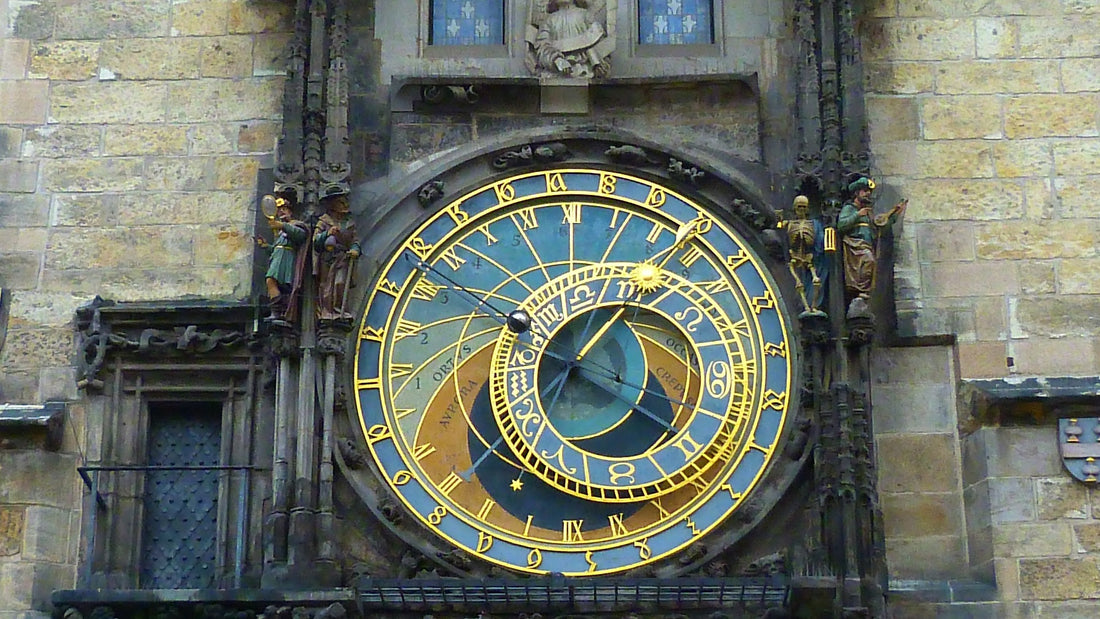When I was 17, I discovered the compositional style called Minimalism.
I remember the moment very well. It was 1974, the spring of 11th grade, and my mother was downstairs teaching Hungarian to a student. I put on what had become my favorite radio show (remember them? Sort of like a podcast but meant for thousands, rather than “personal”) –– “Diaspar”[1], on Philadelphia’s University of Pennsylvania FM station, WXPN. I recall that the subtitle was “Energy Music”, though that might be wrong.
Out of my Sony tape recorder speakers flowed this tone cluster of dense pianos — pulsing, gently hammering. I was dumbstruck. I had never heard anything like it — it was as if I was awash in a pointillist mist of slowly-evolving sound.
Suddenly, the sound of a great beast came thumping up my house’s stairs, and my mom’s (somewhat tall) student burst into my room: “I didn’t know you liked Steve Reich!” “Is that what this is? Who’s Steve Reich?” I suppose everyone has a moment of discovery of something that hits him or her like this (minus the large student).
I listened for the next 15-or-so minutes, rapt. The piece was announced as “Six Pianos”[2] on the just-released 3-record Deutsche Grammophone set called Drumming[3], and as soon as I could, I was in Philly and hunting for it. I can even remember when I found it – it was a major score.
I had been vaguely aware of a form of art music that wasn’t exactly modern classical, that wasn’t any form of rock or jazz, that used electric instruments unashamedly (like I did). And here it was, fully formed, in Reich’s album. The piece “Drumming”, played out over 4 LP sides, is a study in phase music, in which each of the sections (tuned bongos; marimbas and women’s voices; glockenspiels, whistler and piccolo), featuring gradually increasing numbers of players, articulates the pattern, until by the 4th section, it’s all there. (Yes, it takes a while.) Let me turn to the Wiki page on the record, for an explanation of phasing:“The piece employs Reich’s trademark technique of phasing[4]. Phasing is achieved when two players, or one player and a recording, are playing a single repeated pattern in unison, usually on the same kind of instrument. One player changes tempo slightly, while the other remains constant, and eventually the two players are one or several beats out of sync with each other. They may either stay there, or phase further, depending on the piece.”
So what I heard on “Six Pianos” was exactly that, spelled out on pianos. This turns out to be a little bit of genius — an elegant example of how to layer an ultimately complex texture from fairly simple materials. His “Music for Mallet Instruments, Voices and Organ” (the 6th side of the album), is, like the 4th section of “Drumming” likewise taking these same thoughts out into a more full scoring. And his rescoring of “Six Pianos” as “Six Marimbas” was an inspired choice (I can recall listening to the LP in the late 80s through a Moscode Super-IT phono preamp — it was noisy, it was imprecise, but man, was it holographic!)
I’m unsure as to whether it takes a certain inner ear to hear beauty in this kind of music — certainly, there’s something akin in this to Indian music; a sense of motion within stillness. I just know that I hear it like I hear little else. I heard Indian music at 10 (as I wrote early last year) and thought, “Aha! Music IS art!” I heard the minimalists at 17 and knew the truth of the idea.
As I write this I’m listening to an early 70s release on Shandar of Four Organs / Phase Patterns[5]. There’s something about hearing raw sound, spooled out over time; an appealing texture, and little else — the context IS the content, and vice-versa. Listen to Shem Guibbory’s transcendent take on “Violin Phase, for violin and tape (or 4 violins)” on ECM[6], written in 1967 and recorded in 1980.
Reich would (of course slowly) evolve in his compositions to embrace full orchestra (“The Desert Music, for small chorus and large orchestra”, 1984) and more complex content, like “Nagoya Marimbas, for 2 marimbas” (1994) — without losing anything of his signature identity. The third part of his “New York Counterpoint (for clarinet, bass clarinet and tape)” (1985) gets a jaunty stride going – you can feel the pulse of Manhattan in it — but it’s composer is unmistakable.
If you’ve read this far, the most effective way to get a lot of his work is to acquire the 10-disc set Works 1965-1995[7], though you’ll still have a few holes. Also of special note is the recent high-resolution release by percussionist Kuniko Kato on Linn Records, Kuniko Plays Reich[8].
Do I seem like a fan boy? I am (that’s the virtue of having a column in which I get to wax enthusiastic about whatever I want). At my 1994 wedding, we closed the ceremony with the composer’s “Tehillim”, his setting of Hebrew psalms[9]. I’ll discuss how we opened the ceremony, next time.
[1] The name comes from Arthur C. Clarke’s “The City and the Stars”
[2] https://en.wikipedia.org/wiki/Six_Pianos
[3] https://en.wikipedia.org/wiki/Drumming_Reich
[4] https://en.wikipedia.org/wiki/Phase_music
[5] http://pitchfork.com/reviews/albums/21584-four-organs-phase-patterns/
[6] Steve Reich and Musicians ECM New Series 78118-21168
[7] http://store.nonesuch.com/artists/steve-reich/works-1965-1995-digital-album.html
[8] http://www.kuniko-kato.net/en/project/kpr/
[9] Steve Reich and Musicians ECM New Series 21215



